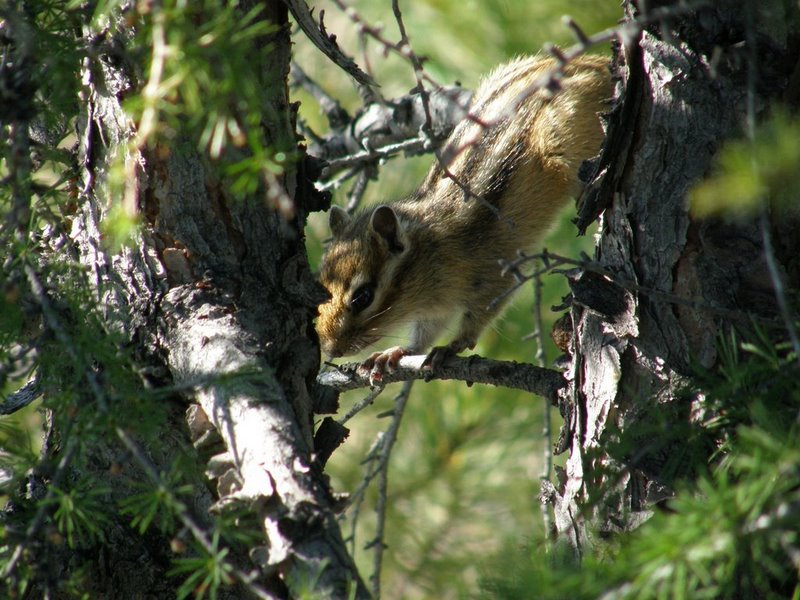BERTOLINO S., 2009. Animal trade and non -indigenous species introduction : the worldwild spread of squirrels. Diversity and distributions 15 : 701 – 708.
BLAKE B.H. & GILLETT K.E., 1988. Estrous cycle and related aspects of reproduction in captive Asian chipmunks, Tamias sibiricus. J. Mamm. 69: 598-603. 14.
CHAPUIS J.L., 2005. Répartition en France d’un animal de compagnie naturalisé, le Tamia de Siébrie (Tamia sibericus). Revue d’écologie (terre vie), 60 : 239 – 253.
CHAPUIS J.L. & MARMET J., 2006. Ecureuils d’Europe occidentale : fiches descriptives. Muséum National d’Histoire Naturelle. 8 pages.
CHAPUIS J.L., GERRIET O., LOSINGER – CHABOT I. & PISANU B., 2018. Gestion d’espèces exotiques envahissantes : le cas des écureuils en France. Faune Sauvage n°321 4è trimestre : 45 – 51.
GISMONDI, E., 1991. L’écureuil. Acquisition, habitat, alimentation, soins, comment le faire jouer et l’apprivoiser. De Cecchi, Paris. 16
KAWAMICHI T. & KAWAMICHI, M., 1993. Gestation period and litter size of Siberian chipmunk Eutamias sibiricus in Hokkaido, northern Japan. J. Mamm. Soc. Jpn, 18: 105-109. 15.
MARSOT M., 2011. Modification du risque d’une maladie multi – hôtes suite à l’introduction d’une espèce réservoir : cas de la maladie de Lyme et du Tamia de Sibérie en Ile de France. Thèse de Doct. Univ. Clermont – Ferrand.174 p.
MARSOT M., CHAPUIS J.L., GASQUI P., DOZIERES A., MASSEGIA S., PISANU B., FERQUEL E., & VOURCH G., 2003. Introduced Siberian chipmunk (Tamia sibericus barberi) contribute more to Lyme borreliosis risk tahn native reservoir rodents. PlosONE 8(1) : e55377.






